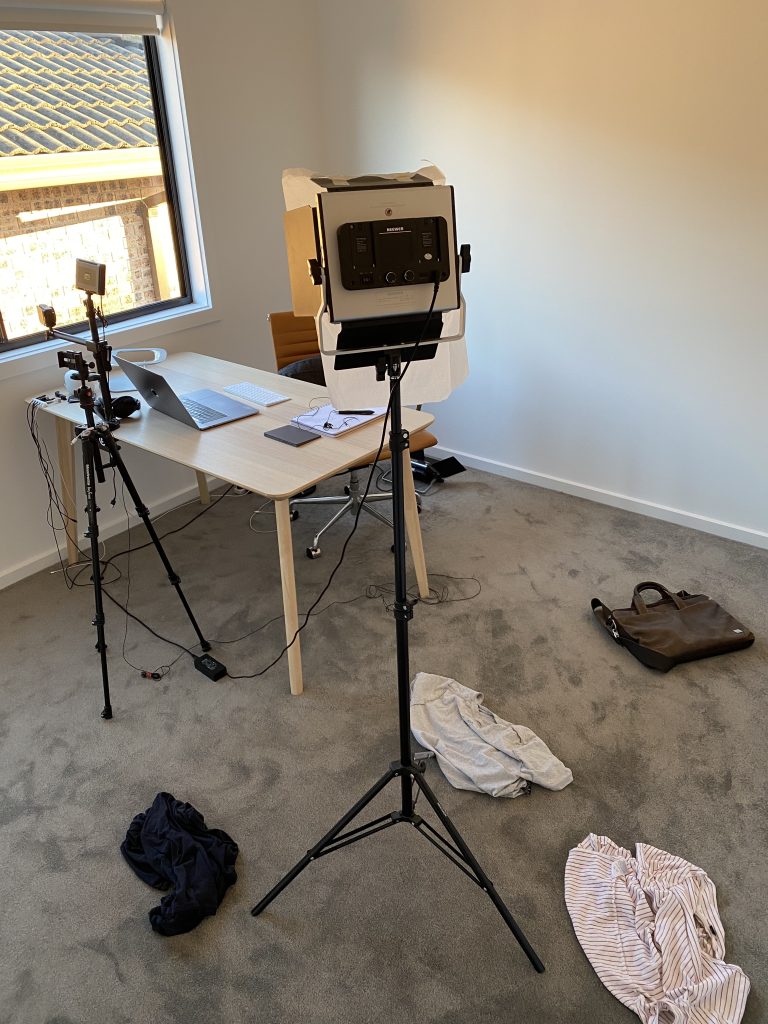Is short form content taking over the world?
Date Posted: November 17, 2022

Is Short Form Video Content Taking Over The World?
Everywhere you look, social platforms are pushing short <60 second videos.
It started with Vine in 2013 with 6 second videos.
Then Tik Tok in 2016 with 15 second videos.
Instagram Reels started in 2019 with 15 second videos.
YouTube Shorts & Facebook Reels followed around 2020.
All the big platforms are pushing short form video to its users.
But why should you care?
And how can you use this to your advantage?
How can your business thrive in a ‘short form video’ kinda world?
In this article, we’ll go over:
- Short form video content statistics
- Is your target market actually watching this type of content?
- How do you get started creating it? (Without wasting all week on it)
- How does short form fit into your overall marketing strategy
1. Short form video content statistics
Instagram/FB Reels Statistics 2022
Instagram Reels get more reach and likes than images and normal IG videos:
Source: HypeAuditor
Instagram Reels get 40% more interactions compared to normal IG videos.
YouTube Shorts Statistics 2022
YouTube is also pushing Shorts on their platform, with 60 second videos becoming increasingly popular.
Source: Search Engine Journal
Here’s more stats:
- YouTube Shorts receives 15 billion views daily
- More than 70% of YouTube watch time is through mobile
- More than 70% of YouTube Shorts are longer than 15 seconds
- YouTube has a $100 million YouTube Shorts creator’s fund
- YouTube Shorts can be used to gain long-form subscribers
Source: EarthWeb
YouTube Creators are also using Shorts to get new subscribers and introduce people to their long form content
If you’re looking to increase subscribers on YouTube (especially a smaller, newer channel) doing regular Shorts is a great way to get more visibility early on.
You’ll get more exposure than if you just did long form videos and it can accelerate your growth on the platform.
It’s especially good if you’ve been doing short form anyway on say Instagram/FB Reels or Tik Tok – you can simply repurpose all your content across (be sure to not include the Tik Tok watermark where possible as some suggest it may reduce reach).
Tik Tok Statistics 2022
This data published in January 2020 claims that while teens (19 and below) make up 37.2% of the app’s users, those in their 20s (20-29) make up 26.3%. And the remaining full-on adults (30-50+) make up 30.6%.
As of September 2021, a whopping 52% of Tik Tok users in the United states are over 30 and 31.3% are over 40.
2. Is your target market actually watching this type of content?
A big question people have is – are my clients even watching this stuff?
Isn’t Tik Tok just teenagers dancing?
When Tik Tok started it definitely was full of that content – most business owners with older clients would have not seen results on there.
But the tide is shifting.
As mentioned above, over 50% of Tik Tok users in the USA are over 30.
It might not mean you immediately start posting over there, but it could mean that 12-18 months from now it may start to become viable where it was once not.
How to decide whether to participate on a social media platform:
- Ask your customers if they regularly use one main platform over others?
- Are all your competitors on the platform?
- Is your target audience growing on there rapidly?
- Is your target market demographic over or under represented on that platform?
- Do you already have one channel that’s working really well?
Sometimes it’s better to stick to what works rather than have another shiny toy.
3. How do you get started creating it? (Without wasting all week on it)
In terms of the basics – I like to create short form content that I can repost across all the main platforms without having to tailor to too hard to each.
Best practice suggests you tailor the content to each platform but realistically most businesses don’t have the resources or desire to tailor it.
Generally the algorithms work relatively similar at this point so I believe the benefit of doing unique videos for each platform is negligible.
If it’s a large company with a big marketing department maybe, but for most businesses it’s overkill.
Topic wise here are your main options for short form video business content:
- Education tips
- Podcast excerpt
- Reacting to industry news
- Statistics explained for your industry
- Frequently asked questions / misconceptions
- Memes/Jokes related to the industry
- Client results / outcomes / testimonials
- Behind the scenes of the business
Video specs:
- Resolution: Ideally 1080p HD resolution or higher (most new phones do this)
- Orientation: Portrait
- Length: 60 seconds or less is my recommendation
The reason for doing <60 seconds is so you can repost it on all platforms (IG/FB/YT/LI/TT) without trimming the video.
Some people (including myself) have posted 90 second videos to YouTube shorts and let it just cut the remaining 30 seconds.
Not the best user experience, but honestly you will still get some results anyway so I don’t mind doing it from time to time if I really like the initial part of the video.
How to save time creating short form videos for Facebook/Instagram Reels, Tik Tok, YouTube Shorts
I will often create ~15 reels per month.
To do this I batch create them all in one hit each month. Takes about 2-3 hours all up, sometimes 4 including scripting.
I pay for an editor on Fiverr to trim dead parts of the video and add text captions on the video.
First I identify the 15 topics in a list (I manage this in a Google Sheet – see below)
Then on paper I divide pages into 4 quarters (one per video topic) and list 3-5 bullet points per video.

Then I set up my camera, use one shirt/outfit per 5 videos and start filming.

Send the videos off to the editor then manually post or schedule the videos using repurpose.io (or something like Creator Studio for FB/IG)

This approach will be suitable for 90% of businesses to get them posting consistently without spending all month on it.
Most businesses aren’t consistent with content because they are perfectionists, they let it chew up too much of their time and get demotivated, or they are worried about what other people think of their content.
4. How does short form video fit into your overall marketing strategy
The way I see it, short form – at least for now – is getting disproportionate benefits to other types of content.
Whether this stays is anyone’s guess.
But in marketing you have windows of opportunity.
When Facebook likes were easy to get.
When Instagram hashtags worked like crazy.
When there wasn’t as many YouTube channels all posting the same type of content.
When LinkedIn ‘broetry’ would make you go viral week after week.
These are times when a certain channel or technique gets you disproportionate results – but only for weeks or months.
Short form video has this window now, it’s already more competitive that what it was 6 months ago and it may not be powerful a year from now – but it doesn’t mean you should take advantage of it.
If short form gets all the reach and attention – use this as the bait to attract their eyeballs, then you can direct them to longer form content (which is usually more valuable/detailed) or to whatever the next step of your funnel is.
Some people put out big, heavy (amazing!) bits of content – but it’s too much to digest.
Like eating those crazy food challenges – it’s just too much for one person.

While the reach is great, make the most of it.
What do you think? Is short form video really taking over the world?
Ray





